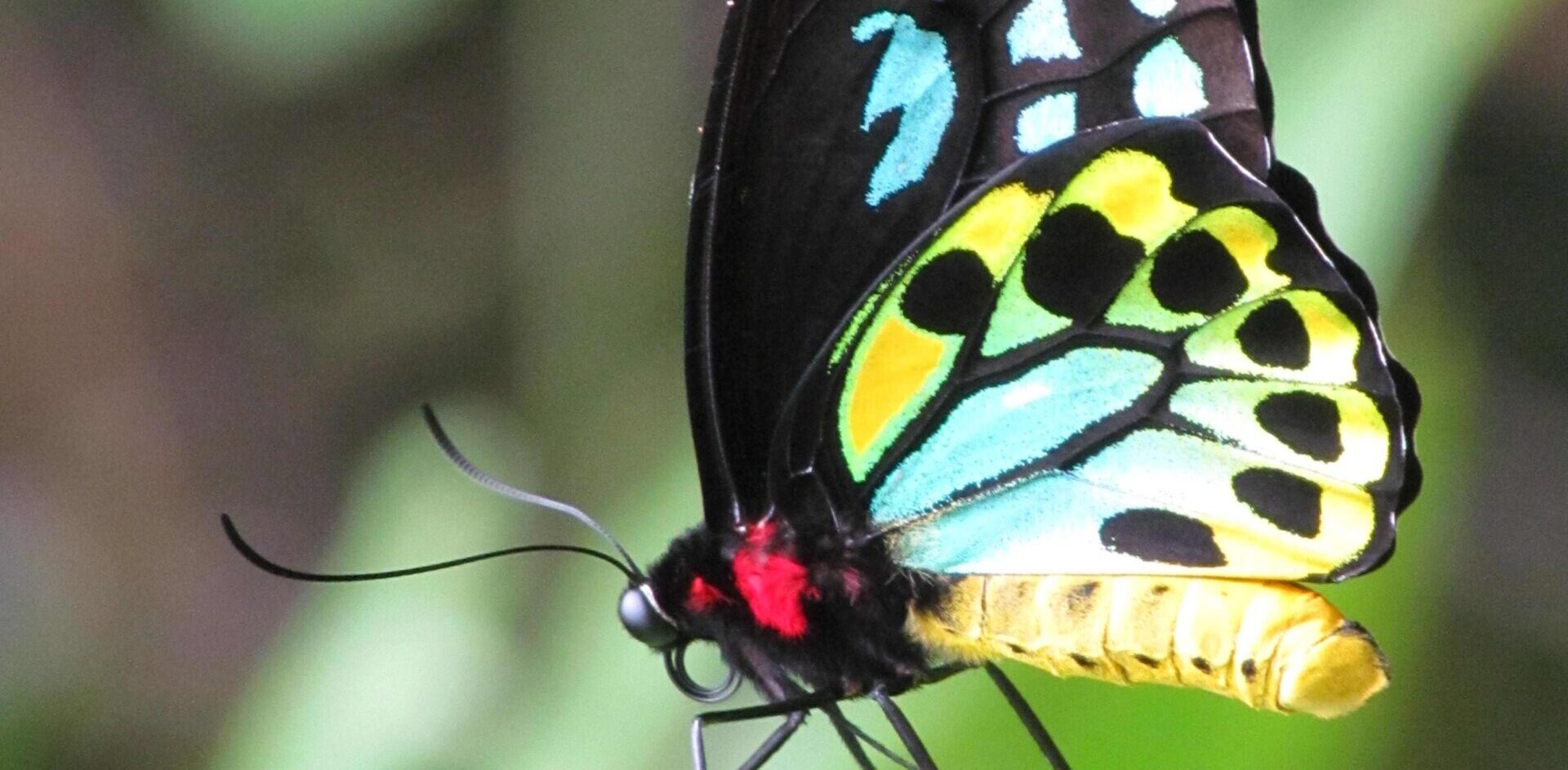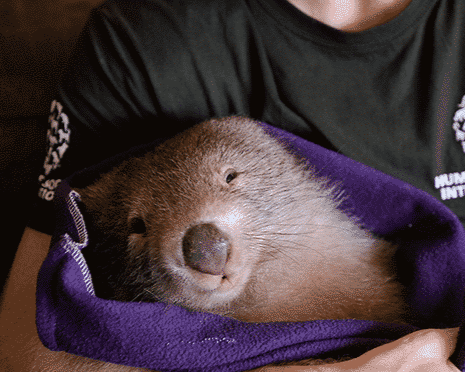The Newsletter of Humane World for Animals' Wildlife Land Trust • Issue 30 • 2025 Read More
The seemingly eternal debates around whether or not dingoes are a native species; the difference between a ‘wild dog’ and a dingo; and how much effort we should put into killing them are often dominated by agricultural voices due to the fact that, as apex-predators, dingoes are known to prey on livestock. When approached in this way, it’s no wonder that ingrained practices of mass 1080 baiting and shooting programs continue to be funded with significant public money. It seems fairly simple: dingoes can kill sheep, so killing dingoes must reduce sheep losses.
The problem is that the situation is so much more complex than that, as evidenced by ever-increasing sums being spent on control programs and constant claims that the dingo ‘problem’ is worse than ever. Somewhat counterintuitively the indiscriminate killing of dingoes can increase stock predation rates due to breakdowns in pack structures leading to opportunistic individual animals, so pouring hundreds of millions of dollars into the killing status quo has arguably not only been ineffective but detrimental for many graziers.
Impacts on stock aside, an often overlooked factor is how dingo ‘management’ practices may be impacting the broader environment, and in particular the survival of threatened species. In many landscapes dingoes suppress the hunting behaviours of feral cats and foxes that are frequently cited as the most severe threats to the survival of dozens of wildlife species. It may well be that our failure to recognise the damage that dingo and ‘wild dog’ control is doing, and consequently our failure to adapt these practices, is a major factor behind Australia’s ignominious and ongoing extinction record.

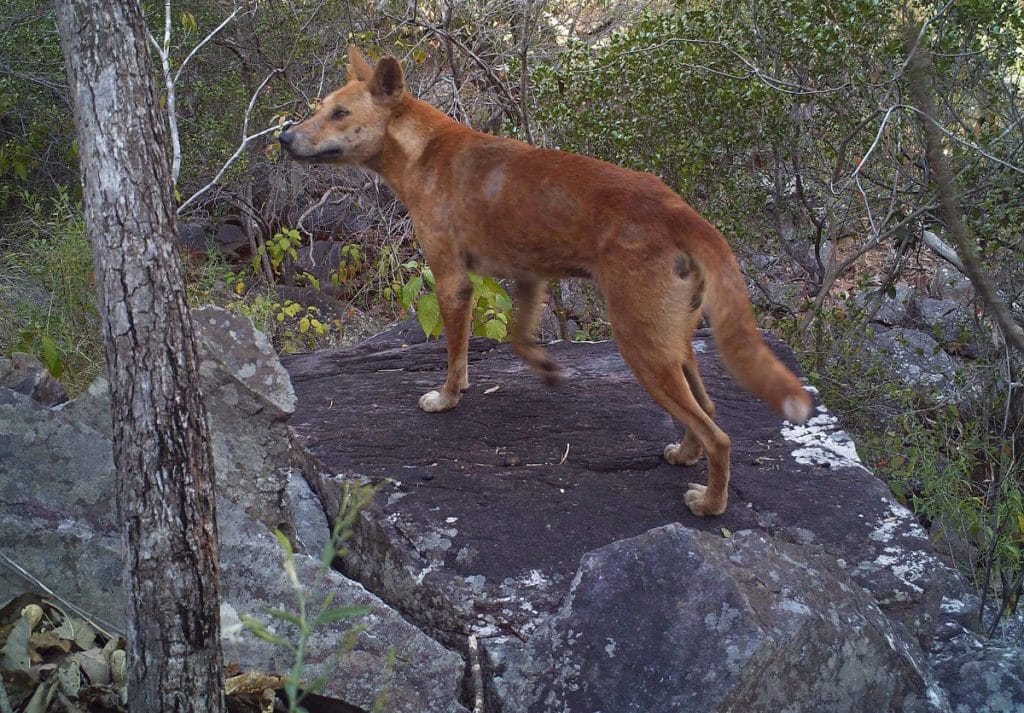
Humane Society International is primarily opposed to the poisoning, trapping and shooting of dingoes due to the cruelty imposed on a highly intelligent and social species that has been a part of the Australian landscape for thousands of years. Though this is just the start of it – what if by continuing to kill dingoes we are doing our threatened species a tremendous disservice? Our investigations have led us to the firm conclusion that we are, and we need the governments not only sanctioning but funding this killing to at the very least acknowledge it’s a viewpoint worth considering.
To this end, in early 2017 we prepared a nomination to have “The loss or removal of dingoes from Australian landscapes” recognised as a Key Threatening Process under national environment law. The nomination focused on the ecosystem functions provided by dingoes and ‘wild dogs’ in various Australian landscapes rather than on issues of purity, as arguments focusing on the latter often derail the discussion that we have to have – are dingoes and wild dogs, at least in some regions, beneficial to have in the landscape? And if so, why are we still dropping poison baits from helicopters to kill them?
Humane Society International’s nomination argued that the loss of dingoes, primarily through indiscriminate killing programs, is leading to the demise of many threatened species including the bridled nail-tailed wallaby, greater bilby and tiger quoll. It outlined that killing dingoes often leads to an increase in smaller predators such as cats and foxes, and that these species then have an increased predatory impact on small mammals, birds and reptiles – the mesodpredator release hypothesis.

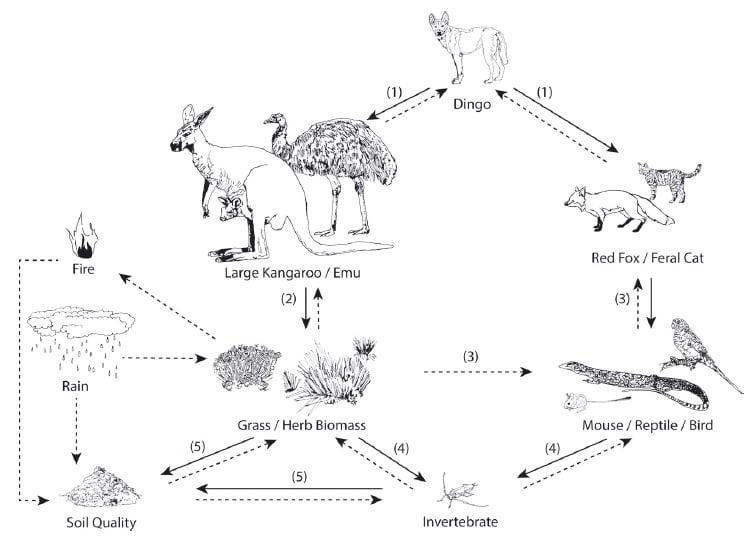
Having been confident that our nomination warranted further assessment, HSI was unpleasantly surprised when then Minister for the Environment Josh Frydenberg did not include it among the 2017 submissions to be prioritised. Something was off, so we submitted a request for documents relating to the decision through Freedom of Information laws and our curiosity was rewarded when it was revealed that the independent Threatened Species Scientific Committee had indeed recommended the loss or removal of dingoes from Australian landscapes for inclusion on the assessment list.
When the experts on the Threatened Species Scientific Committee think something is worth investigating, their advice should be followed – that is, after all, what they are there for. Sadly, the Government claimed that the assessment would have been too “resource intensive”. When progressive budget cuts have drastically reduced how far the assessment team’s efforts can be stretched, this is an extremely frustrating excuse – it is unacceptable that priorities are being cut instead of very modest resources being provided, particularly in an instance such as this where the health of the Australian environment and our threatened species are on the line.
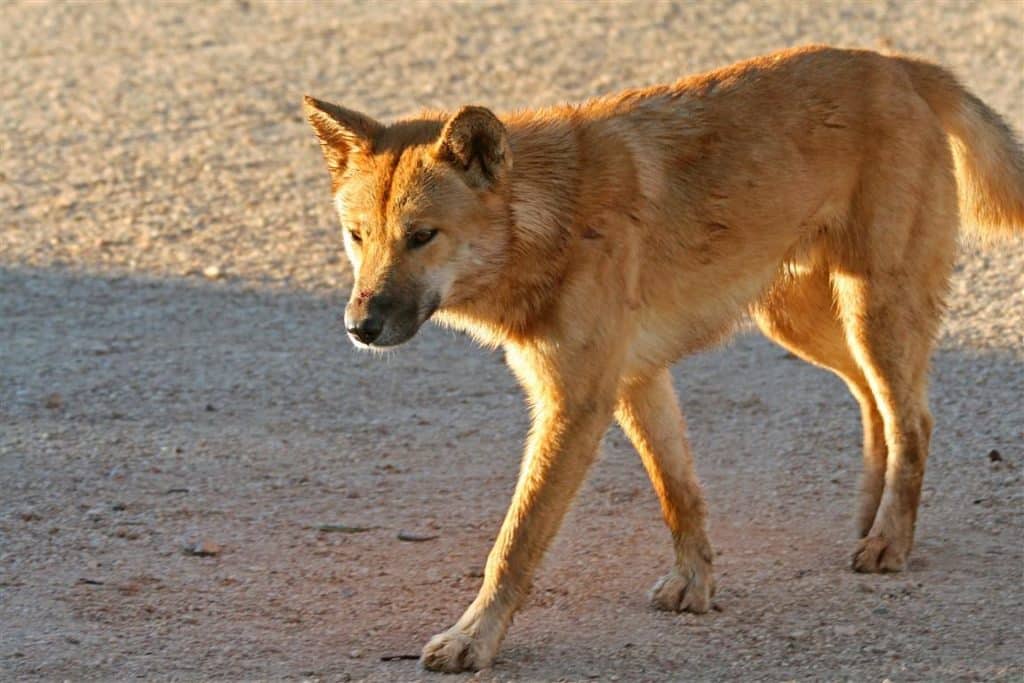
Fortunately the law prescribes that nominations are eligible for consideration for two years, so the opportunity has not yet been entirely missed – the loss or removal of dingoes from Australian landscapes will be considered for assessment again this year. It now falls to new Minister for the Environment Melissa Price to seize the opportunity her predecessor didn’t and prioritise this important Key Threatening Process. Dingoes and all of the species that rely on them are counting on her!
Call to action:
Please write to new Minister for the Environment Melissa Price congratulating her on her important appointment and urging her to listen to the Threatened Species Scientific Committee and prioritise the assessment of “the loss of dingoes from Australian landscapes” as a Key Threatening Process. It may be a controversial topic, but it’s one worth getting to the bottom of – the way we manage dingoes across the various landscapes they occur could be hastening extinctions of our threatened species as well as harming graziers. A lot is at stake, and if we’re ever to adapt our ways we need to know!
The Hon Melissa Price MP
Minister for the Environment
PO Box 6022
House of Representatives
Parliament House
Canberra ACT 2600
Melissa.Price.MP@aph.gov.au
Blog image: Dingo in the Kimberley. Image: Kerrie Goodchild

